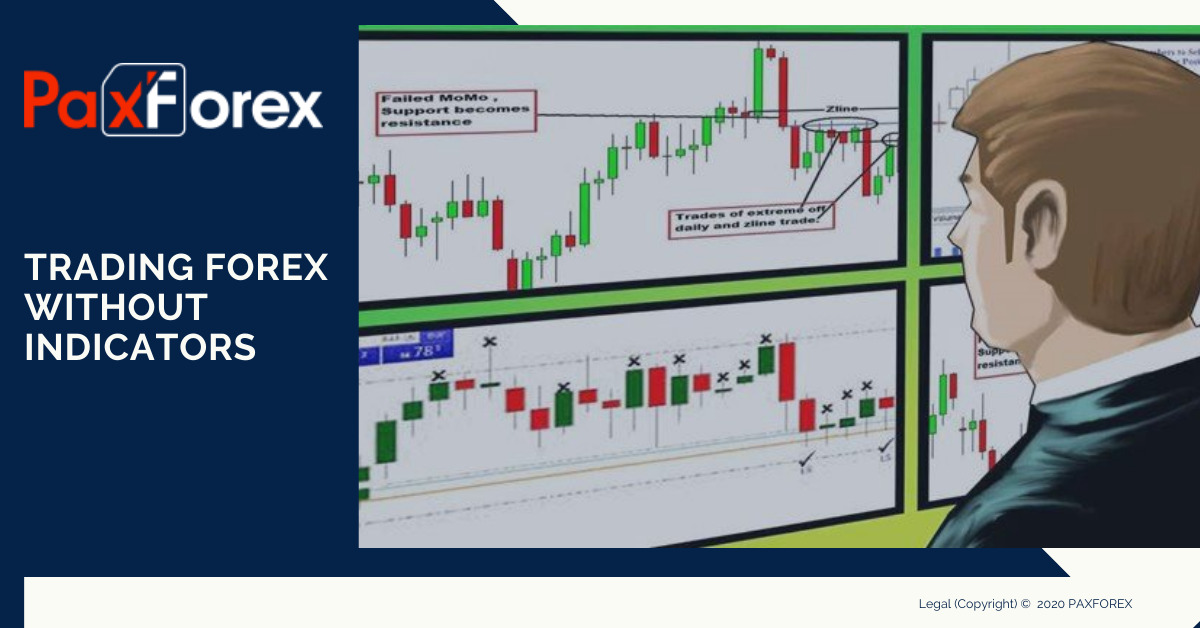Forex trading has emerged as one of the most popular forms of investment in the United States, attracting both novice and seasoned traders. With its potential for significant returns and accessibility, many are drawn to the world of currency exchange. This article will delve into the fundamentals of Forex trading in the USA, covering its mechanics, regulatory landscape, strategies, risks, and tips for success.
Understanding Forex Trading
Forex trading, or foreign exchange trading, involves buying and selling currencies with the aim of profiting from fluctuations in exchange rates. Unlike stock markets, which have fixed hours, the Forex trading market operates 24 hours a day, five days a week, making it a highly dynamic environment.
How Forex Trading Works
The Forex trading market is decentralized, meaning there is no central exchange. Instead, currencies are traded over-the-counter (OTC) through a network of banks, brokers, and financial institutions. The most commonly traded currencies include the US dollar (USD), euro (EUR), Japanese yen (JPY), and British pound (GBP).
Forex trading involves pairs, such as EUR/USD, where one currency is exchanged for another. The first currency in the pair is the base currency, and the second is the quote currency. The exchange rate indicates how much of the quote currency is needed to purchase one unit of the base currency.
Major Players in the Forex Trading Market
- Central Banks: Institutions like the Federal Reserve and the European Central Bank influence currency values through monetary policy.
- Banks and Financial Institutions: Major banks engage in Forex trading to facilitate transactions for clients and to hedge against currency risk.
- Corporations: Multinational companies engage in Forex trading to manage exposure to currency fluctuations when conducting business overseas.
- Retail Traders: Individual investors and traders participate in Forex trading through online brokerages, seeking to capitalize on currency movements.
Regulatory Environment in the USA
In the USA, Forex trading is regulated primarily by the Commodity Futures Trading Commission (CFTC) and the National Futures Association (NFA). These organizations ensure that the Forex trading market operates fairly and transparently, protecting traders from fraud and abusive practices.
CFTC and NFA Roles
- CFTC: This agency regulates the futures and options markets, which include Forex trading contracts. Its mission is to protect market participants from manipulation and fraud.
- NFA: As a self-regulatory organization, the NFA oversees the conduct of its members and ensures compliance with CFTC regulations. All retail Forex trading firms in the USA must be registered with the NFA.
Advantages of Forex Trading
- Liquidity: The Forex trading market is the most liquid in the world, allowing traders to enter and exit positions with ease.
- Accessibility: With online platforms, anyone can participate in Forex trading with a relatively low initial investment.
- Leverage: Many brokers offer significant leverage, allowing traders to control larger positions with a smaller amount of capital. However, this can amplify both gains and losses.
- Variety of Trading Options: Traders can choose from various currency pairs, strategies, and trading styles, from day trading to long-term investments.
- 24-Hour Market: The Forex trading market operates continuously throughout the week, providing flexibility for traders to participate at their convenience.
Risks Involved in Forex Trading
While Forex trading offers numerous advantages, it is not without risks. Understanding these risks is crucial for anyone considering entering this market.
- Market Risk: Currency prices can be highly volatile, influenced by economic data, geopolitical events, and market sentiment.
- Leverage Risk: While leverage can magnify profits, it can also lead to significant losses. Traders should use leverage cautiously.
- Counterparty Risk: The risk that the broker may default on their obligations. Choosing a reputable and regulated broker is essential.
- Psychological Risk: Emotions can impact trading decisions. Fear and greed can lead to poor decision-making and potentially significant losses.
- Lack of Regulation: Although the Forex trading market is regulated in the USA, some brokers operating outside the jurisdiction may not adhere to the same standards, exposing traders to additional risks.
Strategies for Successful Forex Trading
To navigate the complexities of Forex trading, traders often employ various strategies. Here are some common approaches:
1. Technical Analysis
This strategy involves analyzing historical price data and chart patterns to forecast future price movements. Traders often use indicators such as moving averages, Relative Strength Index (RSI), and Bollinger Bands.
2. Fundamental Analysis
Traders using this approach focus on economic indicators, news events, and geopolitical developments to predict currency movements. Factors such as interest rates, employment data, and inflation are crucial in this analysis.
3. Swing Trading
Swing traders aim to capture short- to medium-term price movements, holding positions for several days or weeks. This strategy requires a solid understanding of market trends and price action.
4. Scalping
Scalping is a short-term strategy where traders make numerous trades throughout the day, aiming to profit from small price changes. This requires quick decision-making and a high level of market awareness.
5. Position Trading
Position traders take a long-term approach, holding trades for weeks, months, or even years. This strategy is based on the belief that fundamental factors will ultimately drive currency values.
Tips for New Forex Traders
If you’re considering entering the Forex trading market, here are some essential tips:
- Educate Yourself: Take the time to learn about Forex trading strategies, market dynamics, and analysis techniques.
- Choose a Reputable Broker: Research brokers carefully, looking for those regulated by the CFTC and NFA. Read reviews and consider their trading platforms, fees, and customer support.
- Practice with a Demo Account: Most brokers offer demo accounts where you can practice Forex trading without risking real money. Use this opportunity to hone your skills and develop a trading plan.
- Start Small: When transitioning to live trading, begin with a small amount of capital. This allows you to gain experience while managing risk.
- Develop a Trading Plan: Outline your trading goals, strategies, risk tolerance, and money management rules. Stick to your plan to maintain discipline.
- Keep Emotions in Check: Emotional trading can lead to poor decisions. Practice mindfulness and remain focused on your trading strategy.
Conclusion
Forex trading in the USA offers a unique opportunity for investors to participate in the global financial markets. With its 24-hour accessibility, liquidity, and potential for high returns, it’s no wonder that many are drawn to this exciting field. However, the risks involved necessitate a well-thought-out approach and thorough understanding. By educating yourself, practicing responsible trading, and employing effective strategies, you can navigate the complexities of Forex trading and work towards achieving your financial goals. Whether you are a novice or an experienced trader, the Forex trading market continues to provide opportunities for those willing to invest the time and effort to succeed.
You can also read this ↓
Forex Trading and Stock Trading: Which One is Right for You?

